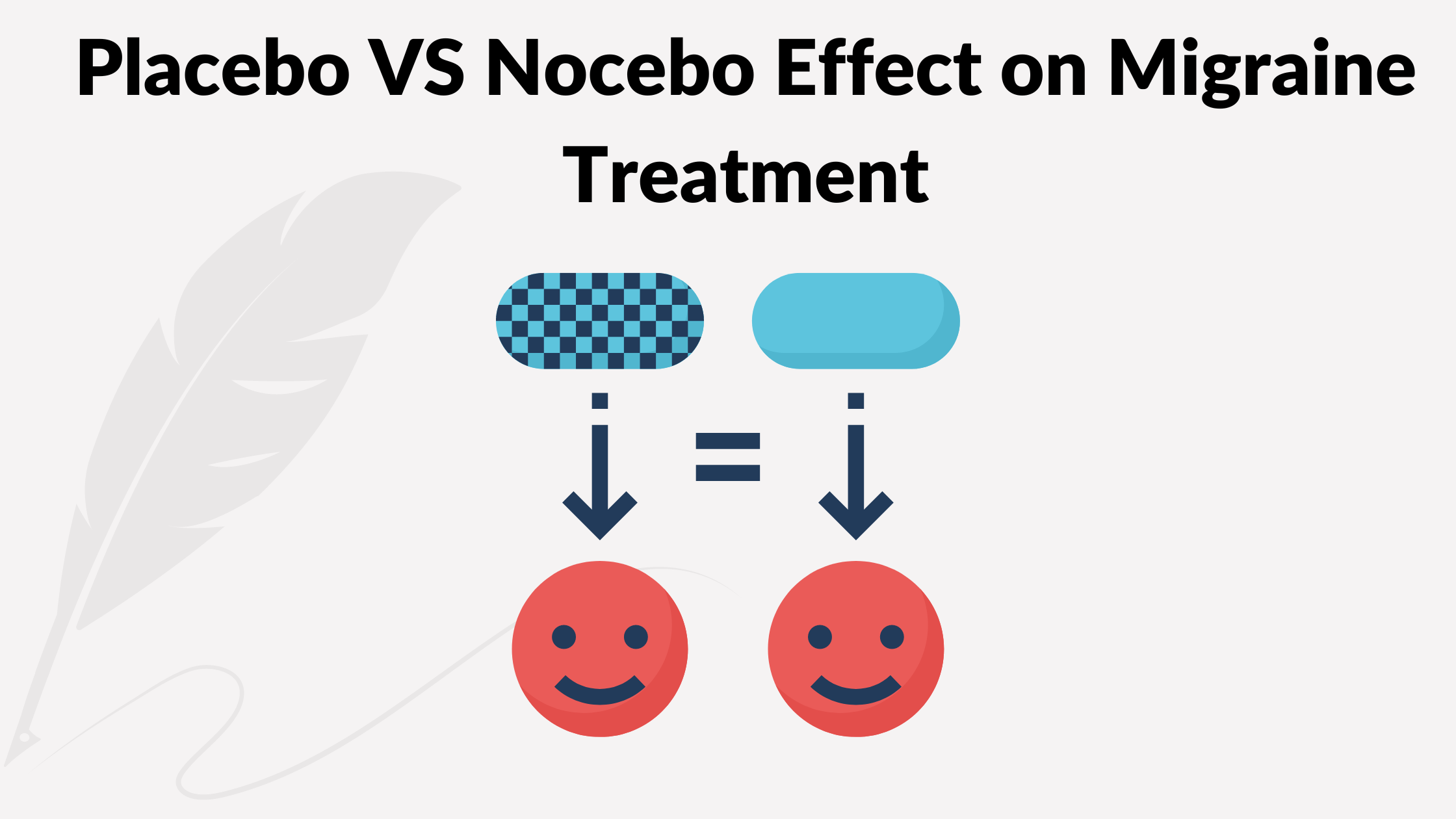Placebo vs Nocebo Effect on Migraine Treatment
Posted on December 09 2023,

| Category | Placebo Effect | Nocebo Effect |
|---|---|---|
| Definition | An inactive treatment that leads to improvement in migraine due to positive patient expectations. | A treatment (inactive or active) that leads to worsening of migraine or the presence of adverse effects due to negative patient expectations. |
| Incidence in clinical trials | Up to 32.4% for acute treatments Up to 30.4% for preventives |
Up to 18.4% for acute treatments Up to 47% for preventives |
| Enhancing Factors | Positive doctor-patient relationship, parenteral route (especially surgery), specific drug mechanisms, branding/marketing, prior positive experiences. | Psychiatric comorbidities, chronic migraine, prior treatment failures, generic medications, observation of side effects in others. |
| Psychological Basis | Expectation of benefit, motivation, and reward circuits. | Expectation of harm, fear, and avoidance circuits. |
| Physiological Basis | Activation of descending pain pathways and dopamine reward circuits in the brain. | Increased activity in brain regions processing fear, anxiety and pain sensations. |
| Clinical Importance | Maximizing placebo can improve patient outcomes and treatment effectiveness. | Minimizing nocebo can improve patient outcomes and treatment compliance. |
| Modifiability | Can be enhanced through empathy, reassurance, positive framing by healthcare providers. | Can be minimized through empathy, reassurance about side effects, careful adverse event reporting. |
Sat, Apr 19, 25
FDA Authorizes First Digital Therapeutic for Migraine
In a development for migraine patients, the FDA has granted marketing authorization to CT-132, making it the first prescription digital therapeutic specifically designed for the preventive treatment of episodic migraine...
Read MoreFri, Apr 18, 25
Weather Conditions & Migraine Attacks: Is there a relationship?
This meta-analysis found that weather conditions, especially temperature and ambient pressure changes as well as increased levels of certain air pollutants (PM10, PM2.5, NO2, CO, and O3), are significantly associated...
Read MoreFri, Apr 18, 25

